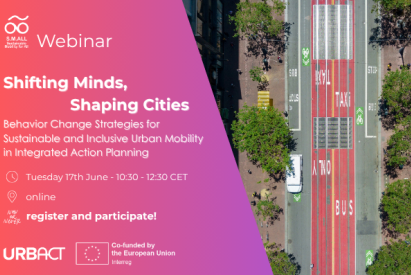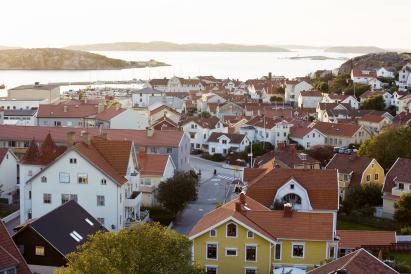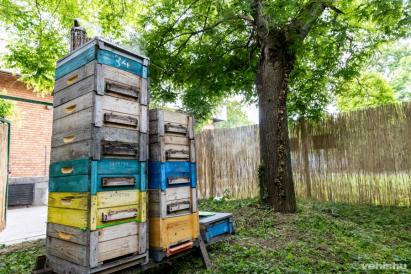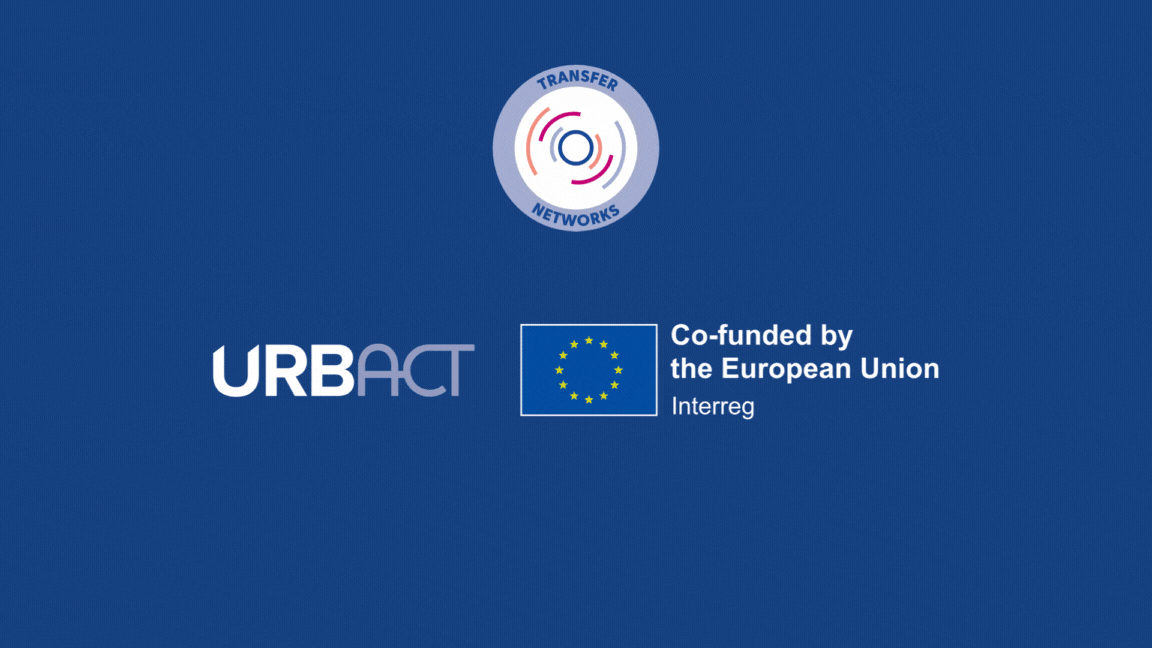What's new
Check URBACT's latest stories, updates and events!
-
-
Event

S.M.ALL webinar "Shifting Minds, Shaping Cities" on sustainable and inclusive urban mobility
The first S.M.ALL Webinar will tackle one of the most prominent issues when dealing with active and accessible mobility in EU cities: "Shifting Minds, Shaping Cities: Behavior Change Strategies for Sustainable and Inclusive Urban Mobility in Integrated Action Planning"
The 2-hour interactive session will alternate presentations, insights from the APN journey, open discussion, and exercises to address bottlenecks and barriers in changing inactive, inaccessible, and unsustainable behaviors.











